Occasionally, we get customer inquiries that require us to do a little digging and experimenting. We love these questions! It teaches us more about our products and how they’re used. Here’s an example of a customer question that required us to do some research:
“Can you tell me the sensitivity of the Ammonia Leak Detection Cloth? What is the minimum ppm value detected by this product?”
-George
Great question, George. We performed two quick tests to find the answer.
First, we made up three solutions at 100 ppm, 1,000 ppm, and 10,000 ppm ammonia in water. We placed about 25 mLs of each solution under a separate 500 mL beaker to create a “closed” atmosphere.
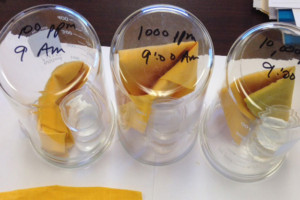
After about 15 minutes, cloths were placed in each atmosphere. After another 15 minutes, the cloths were removed. Only the 10,000 ppm atmosphere turned the cloth blue. The blue color was easily seen, but it was not very dark.

The second test used the same three solutions at 100 ppm, 1,000 ppm, and 10,000 ppm ammonia in water. However, this time, we dipped small samples of the cloth into each solution. The 1,000 ppm and 10,000 ppm samples turned blue. The 100 ppm sample did not turn blue.

These tests help form the basis of our answer. In short, and people love this answer, it depends. It depends on things like concentration, sampling time, air flow, etc. Obviously, the cloths dipped in the solution were much more reactive. Although we can’t exactly replicate a customer’s testing environment, we can try to recreate a similar environment to help understand the results they might be seeing, answer questions like sensitivity, so on and so forth. Thanks for the intriguing question George!


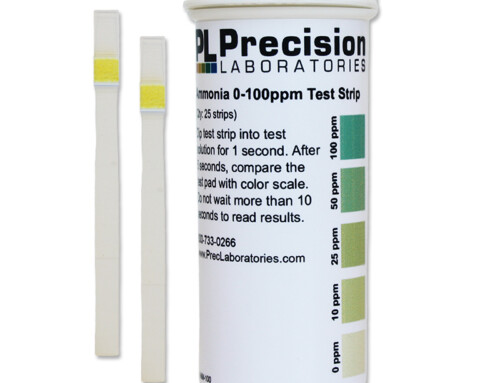
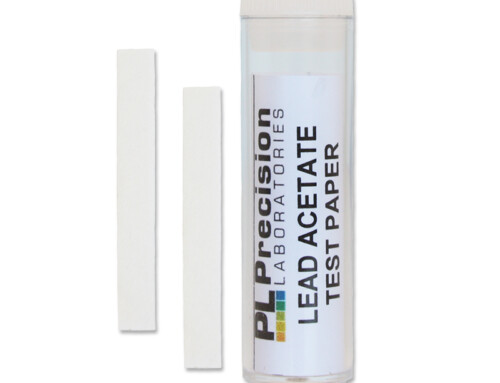
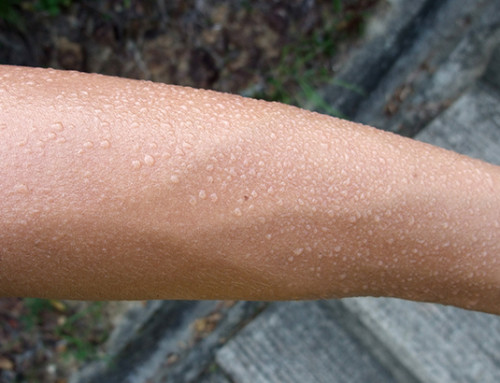

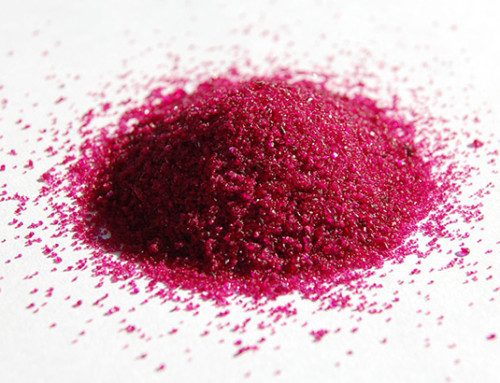
Leave A Comment